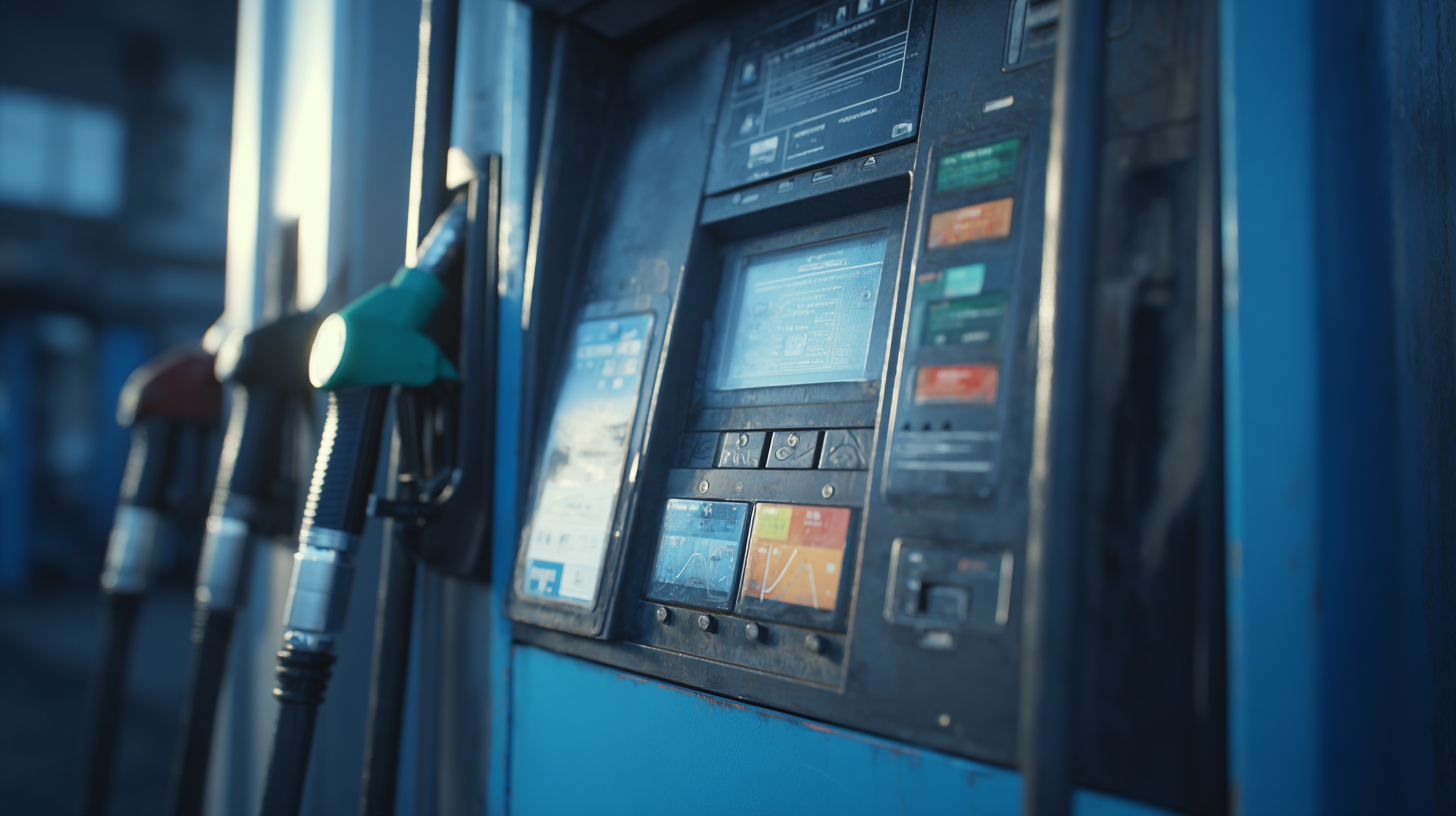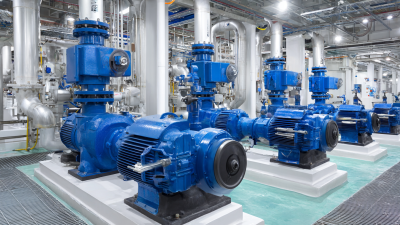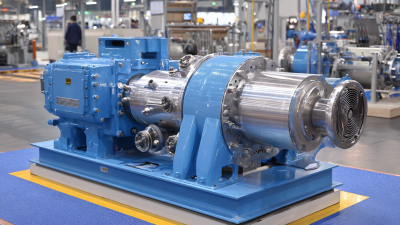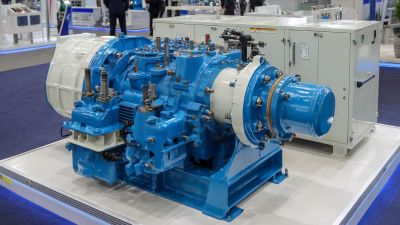Sealless Pumps for a Safer and Greener World


In today's fast-paced world, the gas pump stands as a vital gateway to mobility, seamlessly integrating cutting-edge technology to enhance our fueling experience. As we delve into "Understanding Gas Pumps: How Technology Powers Your Fueling Experience," we uncover the intricacies behind these everyday machines. From digital displays that provide real-time information to automated payment systems that streamline transactions, gas pumps are no longer just simple fuel dispensers; they are sophisticated devices designed to cater to consumer needs effectively. This exploration reveals how innovations in gas pump technology improve efficiency, safety, and user experience, transforming the way we interact with one of the most essential infrastructures of modern life. Join us as we break down the components and systems that power these conveniences, paving the way for a deeper appreciation of the humble yet significant gas pump.
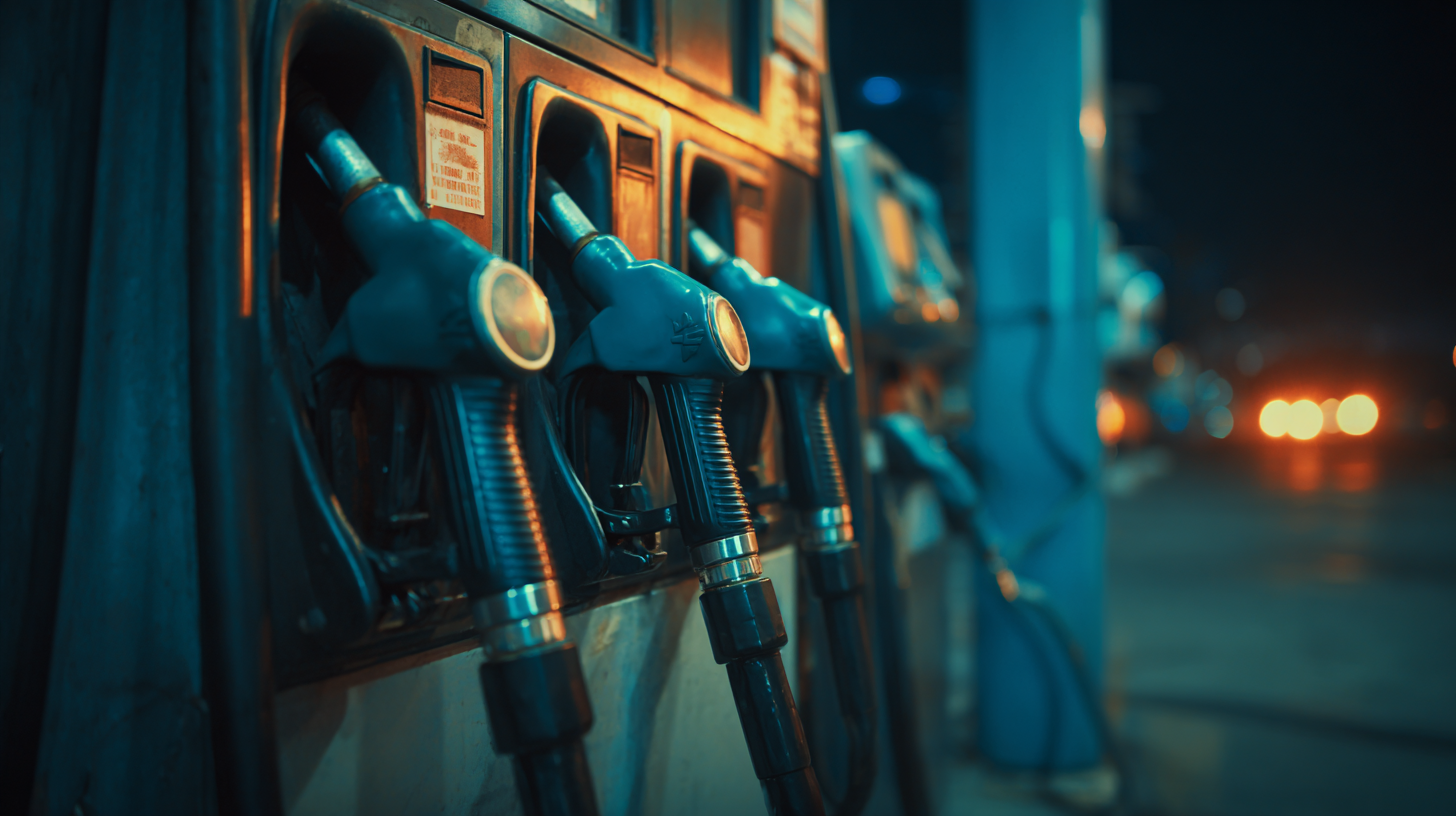
In recent years, the evolution of gas pump technology has transformed the refueling experience, moving from purely mechanical systems to sophisticated digital interfaces. Historically, gas pumps relied on mechanical components that utilized simple meters to measure fuel dispensed. However, with the advent of digital technology, modern pumps now incorporate advanced features such as touchscreen displays, payment processing systems, and even real-time fuel price updates. According to a report from the American Petroleum Institute (API), the integration of digital systems has improved fueling efficiency by up to 30%, reducing both wait times and operational costs for gas stations.
Moreover, recent data from the National Association of Convenience Stores (NACS) indicates that 65% of consumers prefer digital interfaces at gas pumps for their convenience and ease of use. This shift not only enhances customer satisfaction but also offers valuable analytics for gas station operators. By leveraging data collected through digital pumps, operators can optimize inventory management and tailor promotions based on fuel consumption patterns. As technology continues to advance, gas pumps are likely to incorporate even more innovative features, improving the overall fueling experience for consumers and businesses alike.
Modern gas pumps are intricate machines that combine various technologies to ensure an efficient fueling experience. The primary components of a gas pump include the fuel tank, pump mechanism, meter, and dispenser. Fuel is stored in underground tanks, and when a user activates the pump, a motor draws the gasoline from these tanks through a series of pipes. This process relies on a combination of mechanical and electrical systems that work seamlessly together.
The metering system is crucial, as it measures the amount of fuel being dispensed. It uses precision components to ensure accurate readings, which are vital for both consumer trust and regulatory compliance. Additionally, gas pumps are equipped with safety features, including shut-off valves and emergency stops, to prevent spills and ensure safety during the fueling process. The interaction between these components, from the activation of the pump to the final dispensation of fuel, showcases the sophisticated technology at play, making modern gas pumps not only user-friendly but also highly efficient and safe.
 Modern fuel dispensers are equipped with advanced features that prioritize user safety and streamline the fueling process. One of the prominent safety features is the automatic shut-off mechanism, which activates when the tank is full, preventing overflow and potential spills. This not only safeguards the environment but also ensures the driver's peace of mind while refueling. Additionally, many dispensers come with emergency shut-off switches, allowing users to quickly stop fuel flow in case of an emergency.
Modern fuel dispensers are equipped with advanced features that prioritize user safety and streamline the fueling process. One of the prominent safety features is the automatic shut-off mechanism, which activates when the tank is full, preventing overflow and potential spills. This not only safeguards the environment but also ensures the driver's peace of mind while refueling. Additionally, many dispensers come with emergency shut-off switches, allowing users to quickly stop fuel flow in case of an emergency.
The user interface of today’s fuel dispensers has also undergone significant enhancements. Touchscreen displays are now standard, providing clear, intuitive navigation for users. These interfaces often include multiple language options to cater to a diverse customer base, alongside detailed instructions that guide users through the fueling process. Furthermore, integrated payment systems with options for contactless transactions enhance convenience and reduce wait times, making the entire fueling experience smoother and more efficient. By focusing on both safety and ease of use, modern fuel dispensers effectively meet the needs of today’s drivers.
The integration of advanced payment systems at gas pumps has significantly transformed the fueling experience for consumers and businesses alike. These systems streamline transactions, allowing for quick and efficient payment processing. A notable innovation is the emergence of straight-through processing (STP), which automates payment and securities trading, enhancing speed and accuracy. Reports indicate that STP can cut transaction time dramatically, with some transactions confirmed in mere seconds. This efficiency is crucial for gas stations that are increasingly looking to minimize waiting times for customers.
Moreover, payment technology providers are constantly evolving to meet the demands of a cashless society. Recent data suggests that companies specializing in payment processing are expected to drive market growth, with the sector projected to reach significant valuations by 2025. Mobile payment solutions, such as apps that facilitate fuel payments, are becoming popular, further enabling smoother transactions at the pump. Collaborations between fintech innovators and traditional fueling operations are vital, as they integrate cashless payment capabilities, ensuring that systems remain secure and user-friendly while meeting the growing expectation for immediate service.
This chart illustrates the average transaction time (in seconds) for different payment methods used at gas pumps, highlighting how technology streamlines the fueling process.
Gas pump technology has come a long way, and the future promises even more exciting innovations that will enhance the fueling experience. One of the major trends is the integration of smart technology, allowing drivers to interact with their vehicles and gas pumps through mobile applications. These apps can provide real-time data on fuel prices, pump availability, and payment options, streamlining the entire process. Additionally, advancements in contactless payment systems are set to make transactions quicker and more secure, further reducing wait times at gas stations.
Tips: When using mobile apps for gas pumps, always ensure your device is secure and up-to-date to protect your financial information. Also, consider using loyalty programs offered by gas stations through these apps to save on every fill-up.
